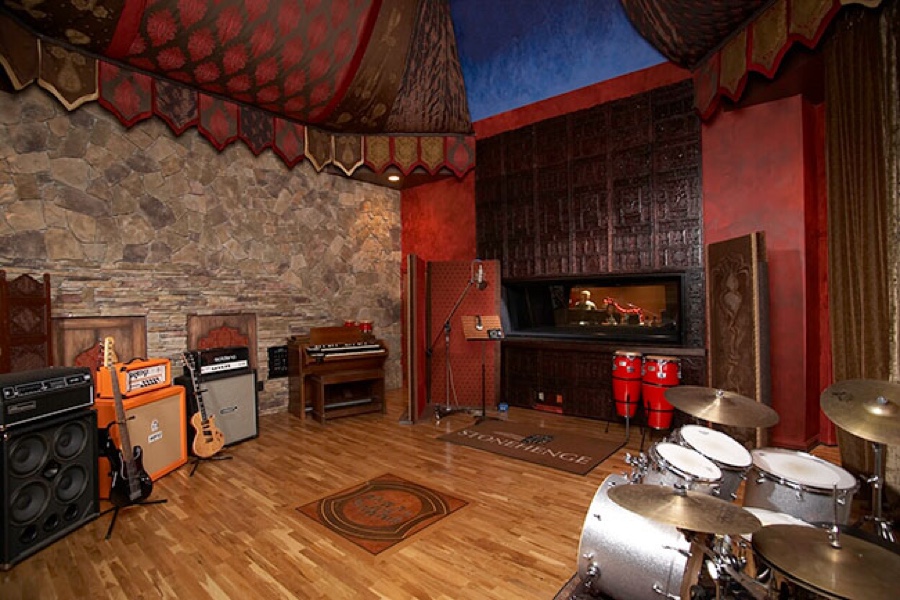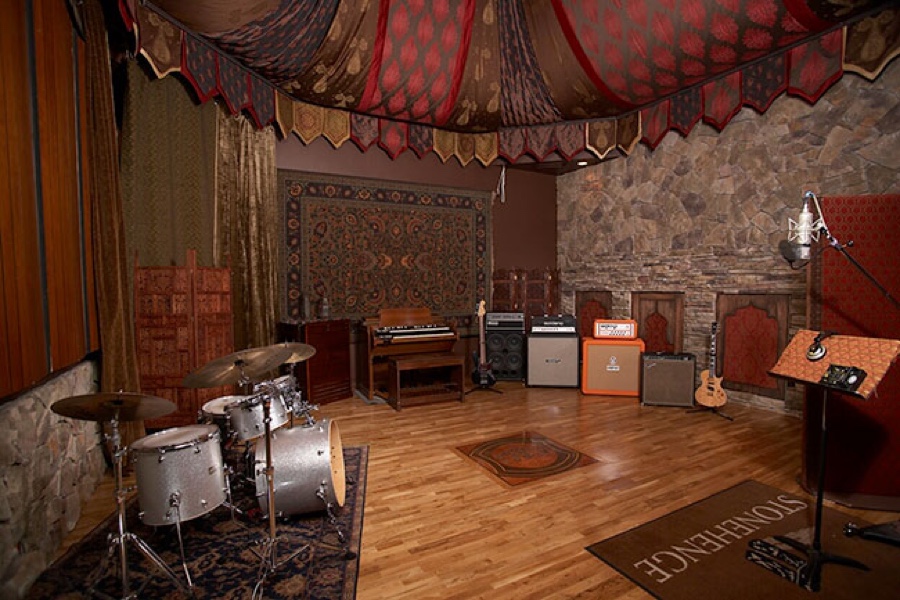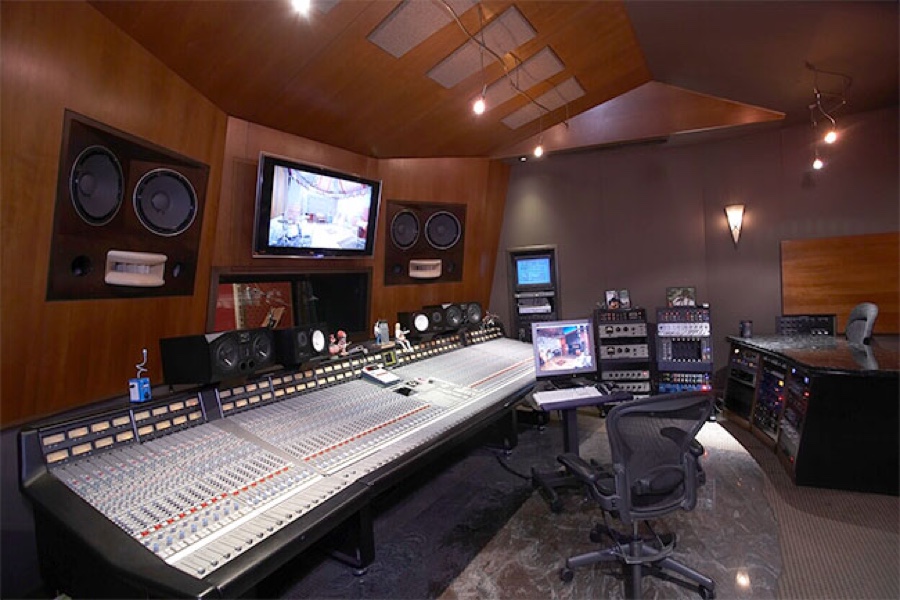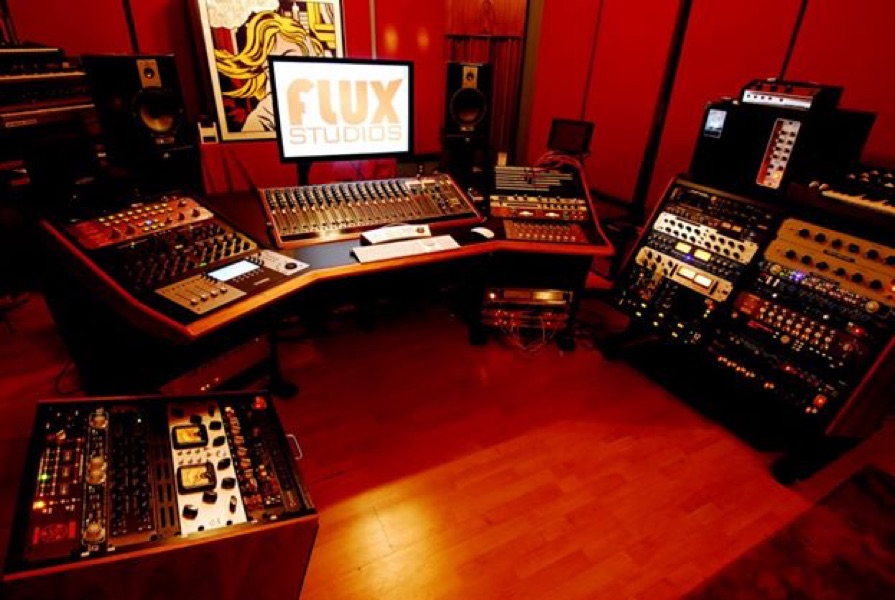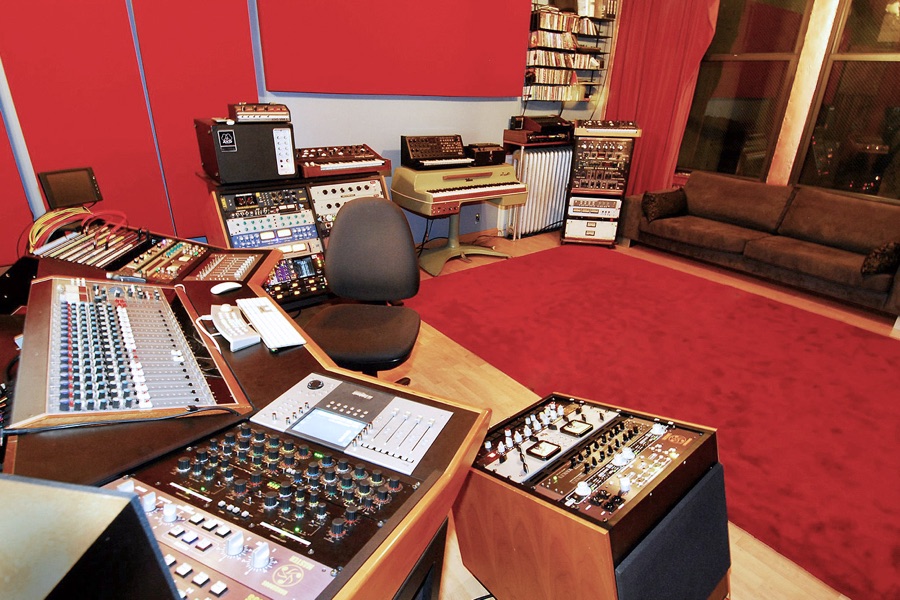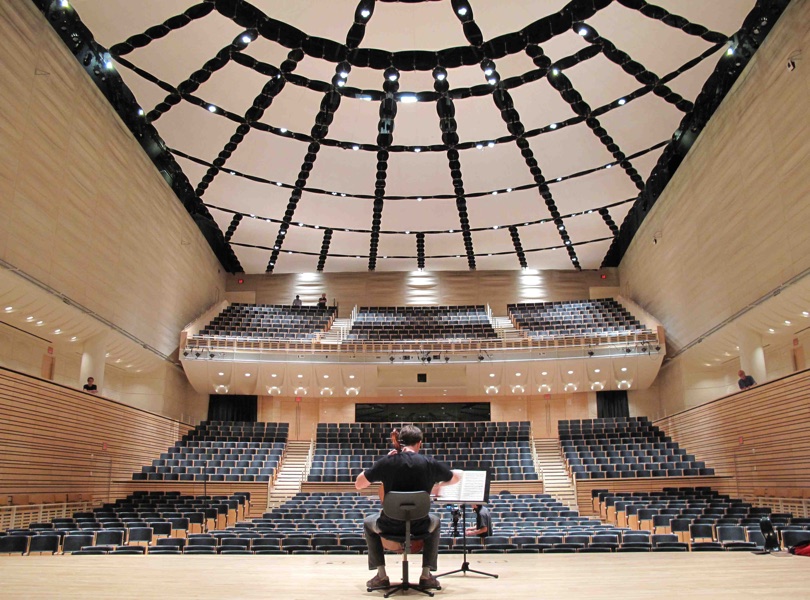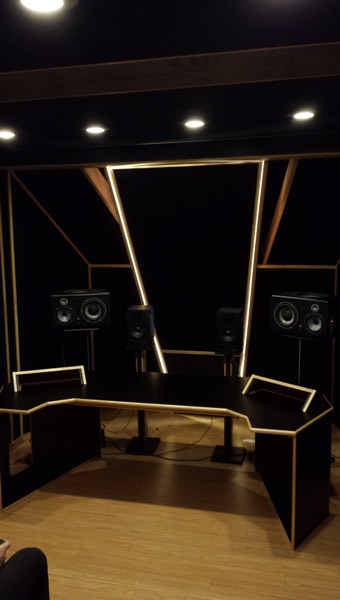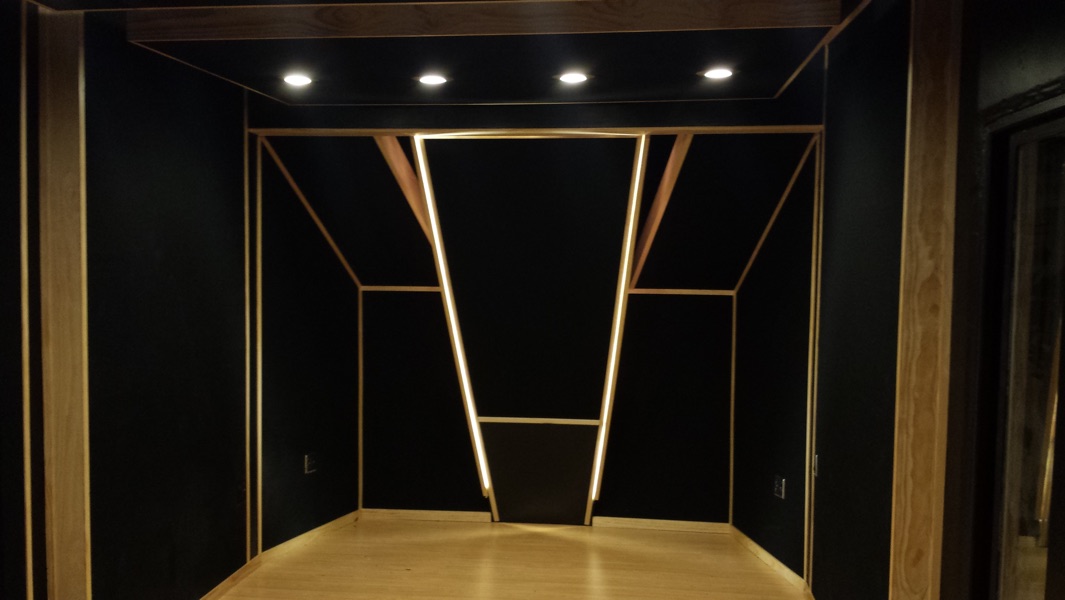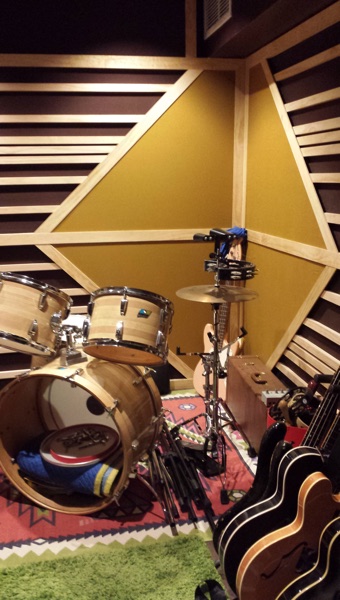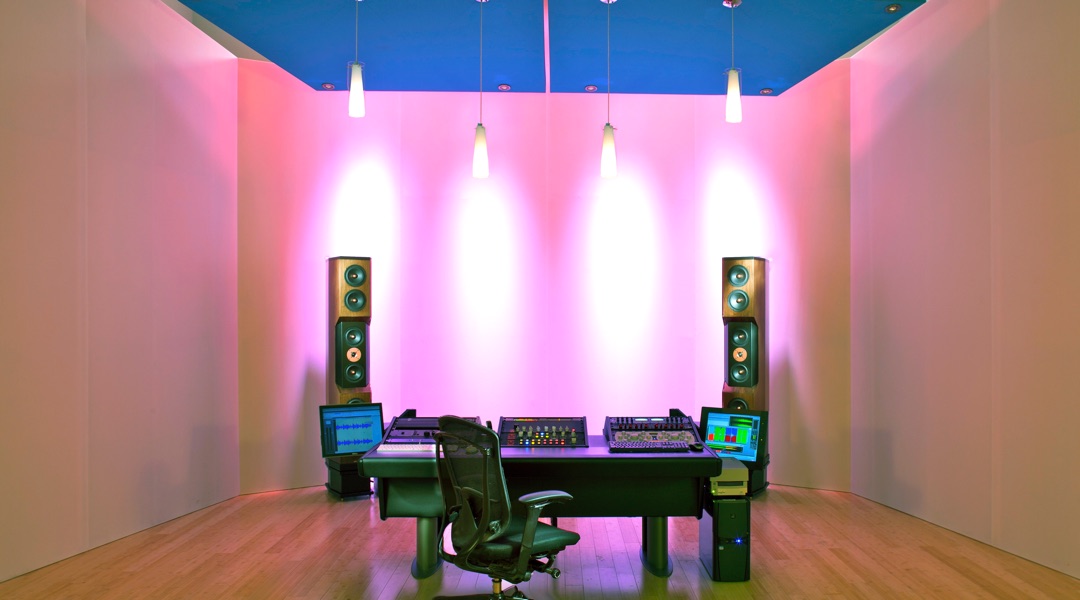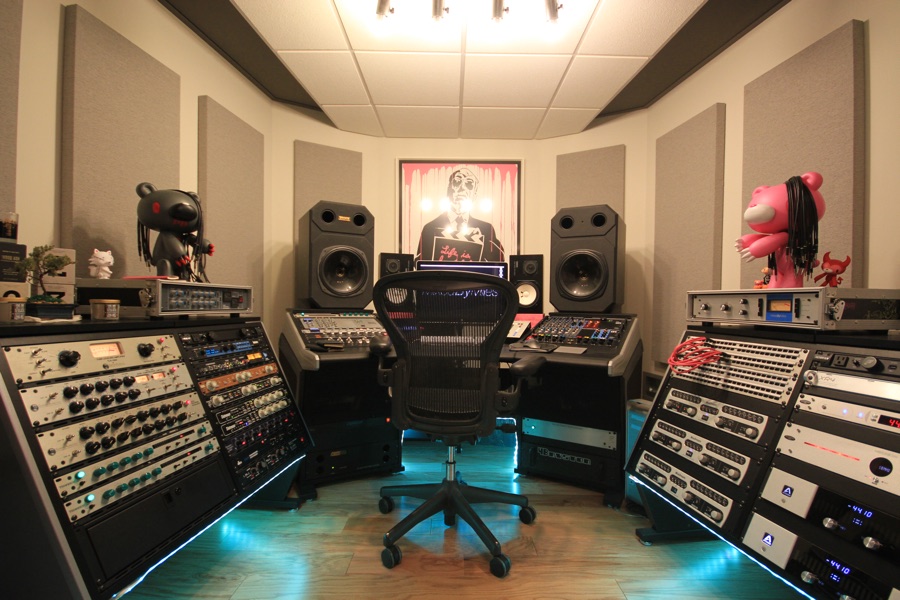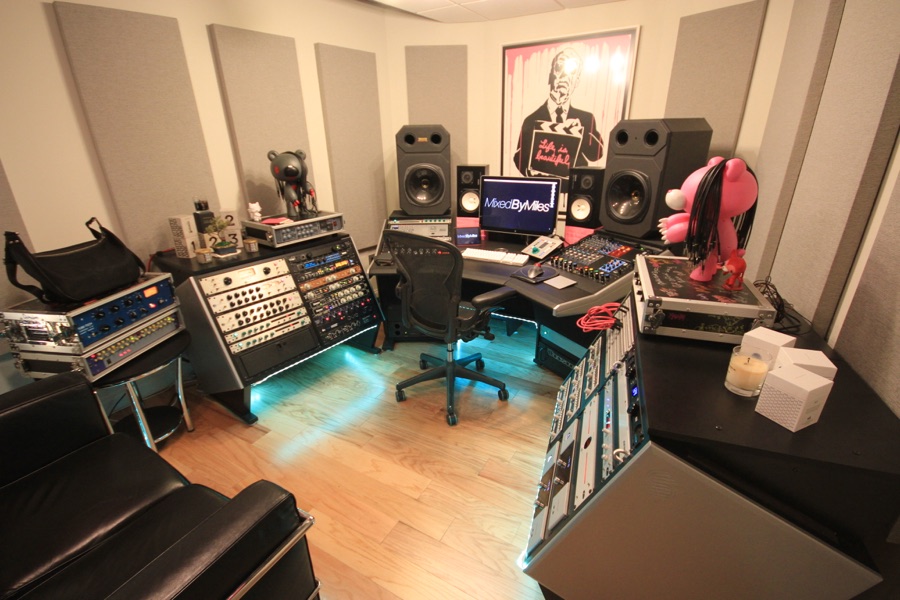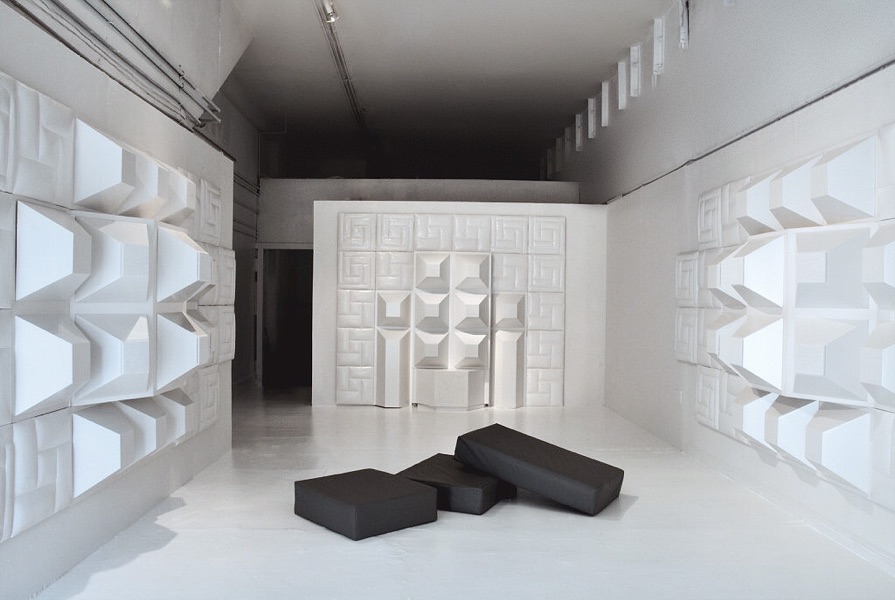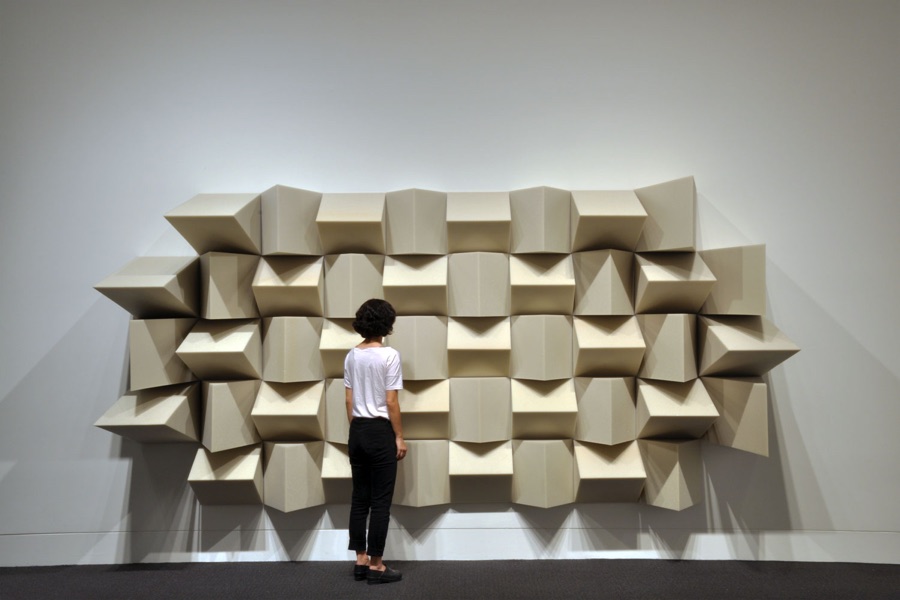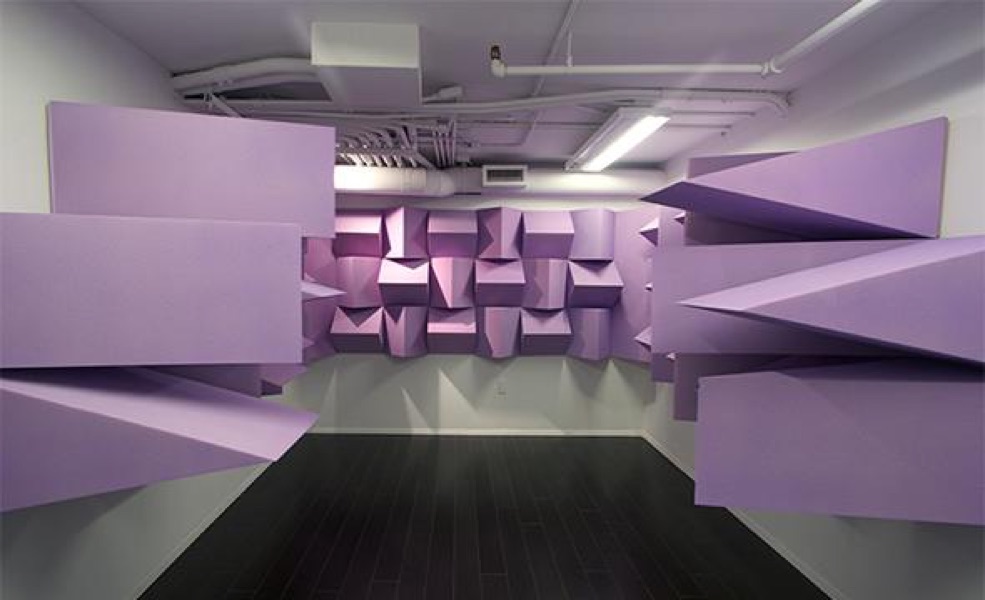What our users are saying
Over ten years we've made plenty of friends…
I’m not a trained acoustician, I’m an audio engineer. I'm not the guy designing rooms on a piece of paper, but I can tell you if a room sounds good or not. And I can usually tell you why, and how to improve the room piece in the room makes such a difference in the sound of the room. That’s why I like FuzzMeasure. A lot of clients just want you to tune the room fast and FuzzMeasure has definitely expedited the process.
Tony Terrebonne
Studio Designer and Grammy-nominated Chief Engineer at ZAC Recording (Akon, Oteil Burbridge, Modest Mouse, Prince, Usher, Outkast)
At Flux Studios, we use FuzzMeasure to check and tune our current rooms regularly. We use the sweeps, FFT analysis for time domain information and the vanilla 2-D curves for the frequency domain. After much tweaking our studios by ear, we needed to confirm what we felt with real data. FuzzMeasure does it for us. It's part of our life long fanatic quest for the perfect sounding room. We are not the average team. Bunch of geeks here.
Fab Dupont
Producer and Mix Engineer (Clients include Shakira, Jennifer Lopez, Bebel Gilberto, Toots & the Matals, Kirk Whalum, and more.)
Architectural acoustics is more complicated than it should be. There's a lot of work to do. FuzzMeasure is simple and affordable - the kind of tool that will empower the next generation of designers, consultants, and researchers.
Zackery Belanger
Acoustic Designer, Concert Hall Acoustician, Researcher
I use FuzzMeasure because it is a simple and affordable tool to help me identify frequency spikes, nulls and modal ringing in a room. The ability to graphically illustrate any problematic room response issue helps me determine the most appropriate techniques and materials to address these issues and incorporate them in to the design of the room which will satisfy any aesthetic, budget or physical space requirements. To be able to show both the Waterfall and Reverb Time (RT60) graphs at the same time [in FuzzMeasure 4], without having to close one and then open the other, will save a lot of time as far as them grasping the scope of problems in the space.
Chris Owens
Studio Designer and Room Acoustician (Clients include Diplo, Atlantic Records, VICE, Disney Studios, Jerry Cantrell, Dillon Francis, Justin Warfield, DJ Frank E and more.)
Read our interview with Chris Owens
I’m not a room designer. In my work, I use FuzzMeasure for getting the subs phase aligned. A lot of mastering engineers don’t do their own room scans however I feel that you have to know how to do your own work in case something gets accidentally moved or bumped. Before FuzzMeasure, I did all this by ear. Now, the scans help me figure out what I already know is there. FuzzMeasure is one of the many helpful tools I use to do my job effectively.
Colin Leonard
Mastering Engineer (Clients include Kimbra, Leona Lewis, Justin Beiber, Ludacris, Asher Roth, Ruben Studdard and more.)
When I saw FuzzMeasure I said, ‘For the price and the easy learning curve, that’s going in my toolbox!’ What attracted me the most to FuzzMeasure is the Waterfall Plot. It’s an easy way to look at where there may be problems with standing waves. The three-dimensional graph is really useful, simple and powerful! It’s the logical way to look at how a sound decays over time. All the snapshots are put together in a way that visually makes sense.
Dill Beckman
Audio Tech, Room Acoustician, Integrator (Clients include countless famous artists, Grammy-winning engineers, studios and churches in and through Atlanta, Fox Theater, Coca Cola and more.)
I am a sound and visual artist and I use FuzzMeasure a couple different ways, one for installations before I set up and afterwards to make sure I’ve done what I was hoping. And also just for learning about acoustics… I don’t have a great ear, but I'm developing one. I'm using FuzzMeasure to be able to say, ‘This space has more frequencies in this range.’ Now I know what that means and I’ll swap out the material.
Jacqueline Kiyomi Gordon
Sound Artist/Sculptor (Multichannel installations at Yerba Buena Center for the Arts, Cult Gallery and more.)
There are two main reasons I find FuzzMeasure easy for me in live sound. First, a better result in high noise environments, the swept sine with error correction gives me a cleaner result than a pink stimulus. And second, other people around the venue don’t seem to mind the swept sine stimulus as much as hearing pink noise go on and on. When working on a theatre show, I can do the majority of my time alignment and basic tuning with the lighting department in the room focusing, which would never happen with pink. I would have to wait for the meal breaks.
Adrian Riddell
Head of Sound/Front of House Engineer at Onset Audio, Australia
FuzzMeasure uses an advanced mathematical technique called deconvolution to derive an impulse response from a fast sine sweep, which, again using a Fourier transform, can generate a variety of frequency domain data. One great advantage of swept-sine wave deconvolution over MLSSA’s minimum length sequence technique is that it can generate harmonic distortion data, something that MLSSA can only do in a somewhat clumsy spot frequency mode.
Phil Ward
Loudspeaker Designer/Engineer, Bass Player and Pro Audio Journalist
FuzzMeasure is simple and accurate. It lets me quickly and easily setup studios, which makes my job a whole lot easier. With as many systems as I manage it's nice to have documentation of each system and each speaker within the system for reference.
John Zweifel
Audio Engineer and Studio Tech

